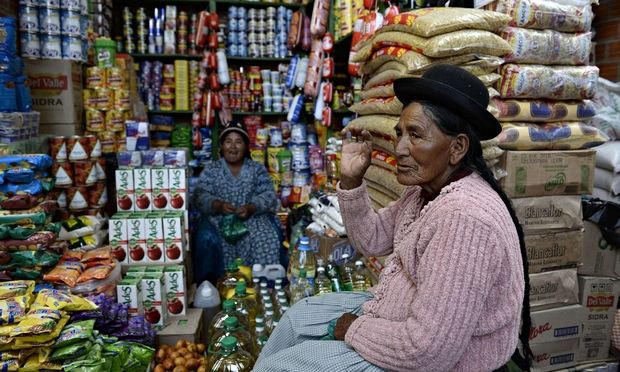Young people in Latin America now enjoy greater access to education. But in many cases their future is dim due to the lack of opportunities and the siren call of crime in a region where 167 million people are poor, and 71 million live in extreme poverty.
“We are concerned, even alarmed, at the situation facing Latin America’s youth,” Alicia Barcena, executive secretary of the Economic Commission for Latin America and the Caribbean (ECLAC), told IPS. “We believe young people should be the central focus of the next regional meetings, but with a different vision this time, not just focusing on drugs and violence,” she added.
According to ECLAC figures, one out of four of the 600 million inhabitants of Latin America and the Caribbean is between the ages of 15 and 29.
Spending Low
Despite that, spending on the young is relatively low, especially if you compare the region’s public and private investment on post-secondary education with what is spent in emerging countries of Southeast Asia, or in Europe.
The report, Social Panorama of Latin America 2014, presented on Jan. 26 in the Chilean capital, revealed significant advances in educational coverage among Latin America’s young people, but also found that they continue to suffer from higher unemployment rates and lower levels of social protection than adults. They are also the main victims of homicides in the region, where seven of the 14 most violent countries in the world are located.
The ECLAC report shows that the progress in reducing poverty has slowed down. Poverty continues to affect 28 percent of the population in the region, while extreme poverty grew from 11.3 to 12 percent, based on the 15 countries that provided up-to-date statistics.
significant proportion
However, inequality has been reduced in nearly every country. There are some 160 million young people in this region of 600 million. And although the population has begun to age, the young will remain a significant proportion of the population over the next few decades.
The report says that “Despite these major attainments in terms of education coverage and lower inequality, there are still large structural divides in capacity-building opportunities between the region’s young people.”
“Transparency and information have to go farther than what is happening today,” she said. Although they have greater access to education, inequality is still a problem for young people in the region. And only 27.5 percent of young wage earners between the ages of 15 and 19 are enrolled in the social security system, compared to 67.7 percent of adults aged 30 to 64.


